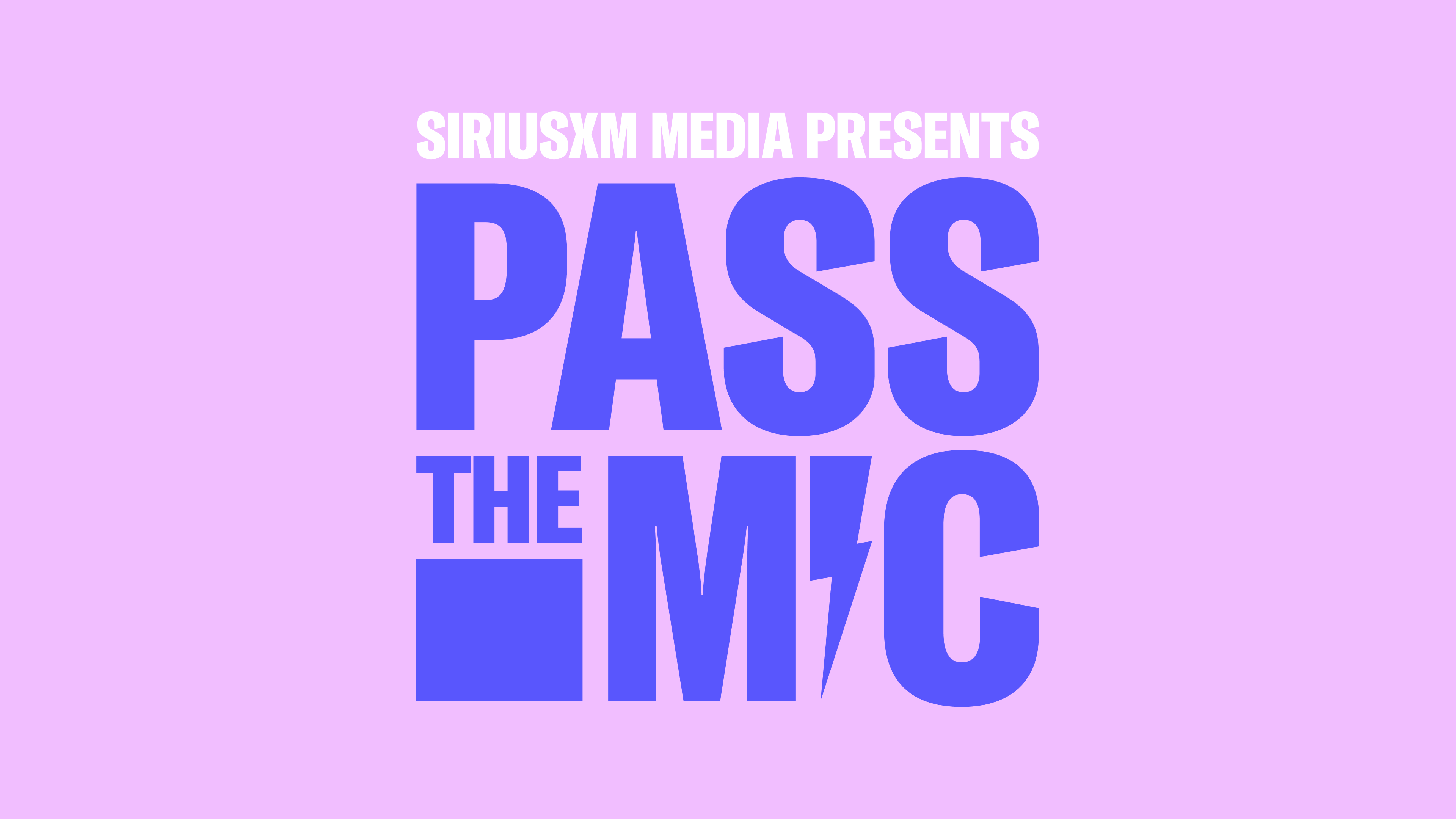
Enter the Metaverse Through Audio
Chelsea Campbell, Group Creative Director, Studio Resonate & Jenn LaRocco, VP of Technology and WEB3 StrategyNov 30, 2022Remember what life was like before the Internet? Yeah, neither do we. Just a few years from now, that’s how your target consumers will feel about the Metaverse. It’s not a buzzword or headline-driven flash in the pan. The Metaverse—even as it’s still being built and defined—is here to stay. And it’s time for companies of all types and sizes to think about what that will mean for their brands.
More than Trending
Brands are paying attention because audiences are, and where audiences go, brands must follow. The Metaverse is the logical extension of what we have built with online social communities and where VR technology is going—but we’ve barely scratched the surface of what can be done.
It’s not a case of, “The kids like TikTok; we need an account.” That is to say, it’s not a box to check. The Metaverse will be as integral to your overall digital presence and communication strategy as your company website is now. It’s a virtual world where your current and potential customers can interact and connect with your brand in immersive environments. In that way, it’s also a brand-new advertising medium that will have its own rules, which are still being defined.
Brands will need to expand their digital strategy to these online worlds in order to future-proof their positioning. How your company appears in the Metaverse will be an extension of how your brand already acts, but instead of a social voice being written, it will be seen, heard, and interacted with. Your visual identity will need movement and context, and your sounds will need to be recognizable and dynamic.
More than Visual
Most virtual worlds have focused on the visual experience. World builders, whether decentralized or within major tech/gaming organizations, have been hyper focused on the graphics, the visuals, the animations. Now, some of these worlds are struggling to keep consumers engaged—and that’s because audio is too often an underdeveloped afterthought. The Metaverse is a twofold experience where visuals can capture the user’s attention, but audio is a necessary component to keep them engaged.
Hearing is one of our most powerful senses. In the virtual space, sound complements visuals, providing context and atmosphere, directing attention, evoking emotion, and helping audiences process information. And audio resonates with audiences, creating a lasting impression. For example, digital audio advertisements make a 36% bigger impact on long-term memory than TV ads and 29% better than mobile video ads.1 Though brand presence in the Metaverse isn’t about traditional ads, that statistic proves that audio should be at the forefront of a brand’s identity.
Many people think of branding as a visual identity, but consider how many natural and technological sounds move you through the day. Just like in the real world, audio is a way-finding device, a warning signal, and a method of engagement and connection in virtual environments. Brands should be considering the practical uses of audio in the Metaverse and establishing their own identities.
More to Experience with Sound
World builders need to consider their audiences. Some will be virtual natives, but most sit comfortably in Web 2 environments. Audio can be the one true mechanism to bridge audiences before they invest in the hardware to bring them into virtual worlds. The audio experts at Studio Resonate created an audio sizzle to help brands better understand the power sound can bring to the virtual space—even when visuals aren’t present.
Grab a pair of headphones to experience the Metaverse with audio.
The sizzle uses theater of the mind to immerse us, placing us in the center of a realistic soundscape, one that draws on our real-world experiences, memories, and emotions. We’re at a concert with friends, we’re catching a comedy show, we’re on a ride at an amusement park—all without a VR headset.
The team at Studio Resonate created this sizzle to demonstrate that you don’t need visuals to tell a powerful story. Audio allows brands to harness the listener’s imagination. Sound design transports listeners between venues, dynamically altering their environment and creating a safe space for connection. By using familiar sonic triggers, brands can transport audiences into virtual worlds with the ability to customize the experience.
More to Sonic Strategy
People interact with audio in every aspect of their lives, every day. Knowing how and when to reach them at these stages is key. And that’s the starting point of a holistic sonic strategy, which should be integral to your approach to bringing your brand into the Metaverse. What does your brand sound like beyond the traditional uses of voiceover, music, and sound effects? Does your product have a certain sound? Is there a sonic profile when interacting with your product? The more brands reach audiences seamlessly with audio, the more engaging and immersive the virtual space—and the more memorable they become to consumers.
You need to understand your entire audio ecosystem before investing in audio touchpoints. Your brand already has a sonic footprint because you’ve already made marketing decisions involving sound. Your sound in the Metaverse should be an extension of how your brand already shows up. And your sonic strategy should feel connected to your visual identity. Our brains often interpret multisensory information together, so your aural impression should feel congruent to the visual impact that your brand makes. Consider each decision around sound as part of the larger audio ecosystem of your brand.
Are you ready to immerse your audiences in the sound of the Metaverse? Let’s explore together!
Sources
1. Neuro-Insight Study And Pandora Conversion Experiment
Related Insights
 Targeting
TargetingWhat's the Vibe? How Mood Targeting Improves Your Ad Timing.
Apr 17, 2024 DE&I
DE&I"All of your roles are equally important," Linda Bethea from Danone
Apr 16, 2024 Digital Audio
Digital AudioPreview: The Sports Audio Report from SiriusXM Media, GroupM, and Edison Research
Apr 16, 2024 Streaming
StreamingPandora Connects Listeners to Music and Audiences to Brands
Apr 15, 2024



